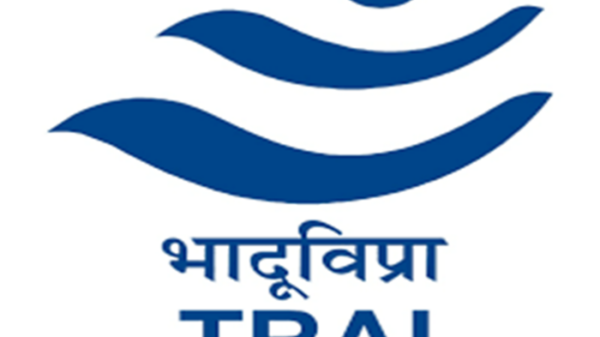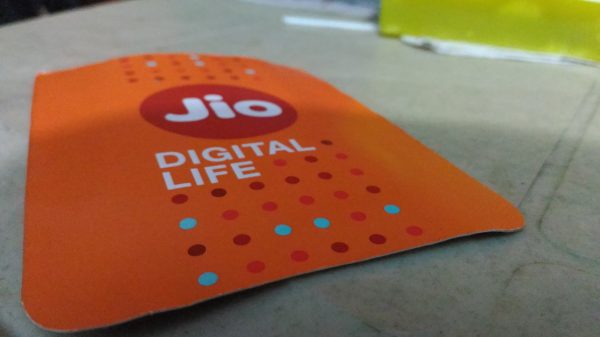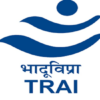
In one fell swoop 86% value of the currency in circulation in India, comprising Rs 500/1000 rupee notes, has been phased out. By end of the year this could be around half with the demonetization drive.
It’s the economy Stupid
How does demonetization affect the economy in terms of GDP, prices, output, inflation etc? Sure, there will be the usual set of known consequences like the wealth & consumption affect dropping aggregate demand for goods & services in short term. This should also affect capital goods and capex investments – as demand falls off for cars, white goods,durables, real estate starts, electronics.etc, and knock off a percentage point or two from our fast growing GDP.
Also read: Our live blog for latest updates on the demonetization
The here and the now
‘Hoovering up’ of cash horde or stock is generally seen by the public as very inconvenient, though a much needed ‘necessary evil’. Its execution, on the other hand, is like any Great Indian Wedding – designed for chaos! In the immediate term one expects to see dip & flux until one gets back to some adequate level of ‘normal’ liquidity in the hitherto predominantly cash economy.
Basically it is the inability to very quickly reinject adequate liquidity at lowest part of the supply chain quickly which is creating the hardship. The smart undergraduate economist would say “If the stock of currency is sucked out in short term, then velocity of money has to be high, with existing denominations and new notes to maintain same level of output and economic activity. The management guy would say, “Whoa! Now, Wait a minute! We need to look at supply chain, distribution points and a hyper-local model to get the money to its use points! After all new economy companies excel in efficient supply chain management, matching demand to supply, handling reverse logistics for marketplaces, electronic payment channels, etc.”
Roping in some of that expertise could help.
Here is where the Govt can perhaps do a bit more:
1. The ratio of Rs 500 to Rs 2000 notes should be of the order of at least 3x. Rs 100 notes should have been infused by a factor of 5 partially as a short term substitute for some proportion of the new Rs 500’s out. This is to facilitate tendering change for the high denomination Rs 2000 notes, and create an unhesitating acceptance and velocity for them. Problems of getting change for the Rs 2000 note are more than grist for the social media mill. Everyone has a favourite story on it. It’s time to end it.
2. The choice of new note design, not fitting into trays could have been solved by using old 500 & 1000 dimensions and weight specs (but with all new security features).
3. Using established edifice of 150,000 Business Correspondents (BCs) to play a facilitation role for Banks and using them to (a) mop up and exchange denotified notes in rural hinterland, and (b) thereafter using these same agents to squeeze back the new currency into the predominantly cash economy for purposes of micro – lending, repayments, purchases, remittances,top ups, bill payments, etc.
With some minor tinkering with Banking Correspondet guidelines, liquidity can be fairly quickly reintroduced back into the “Cash is King” rural economy. They could look at guidelines which deal with.
– risk and liability issues,
– mechanism to maintain records in core banking system to maintain a record of receipts of deposits denomination/customer/agent wise,
– liberal limits on deposit size/disbursals/ frequency.
4. This might be an interpretation of just one bank. My nephew tried pay a fee of Rs 17,500 via debit card but the transaction was declined. When the bank representative was called, he stated that the maximum limit for transactions due to RBI mandates is Rs 20,000, and I had already spent Rs 4000+ that week. Govt should not have any caps on payments & transfers from ones account using any end-to-end electronic channels. In fact encourage & incentivise these.
5. It will help if banks allow for wider accepted, well branded, third party prepaid cards and wallets to be directly loaded up from customers’ accounts via their debit card, instead of cash. With this, and with redemption being electronic, there will be less demand on high value currency in circulation, and problems of tendering exact change.
6. Ecommerce and wallet companies should incentivize customers to migrate to native or third-party wallets, or adopt other innovative remote electronic payment methods. This has already been done for debit/cards & ATMs.
7. Anecdotal experience suggests a sudden burst in volume of POS payments by cards by a factor of at least 2-3 times in the last few days itself (corresponding to 0.6 times increase in value). A fairly high percentage of such transactions have failed, many on account of sessions being ‘timed out’ due to heavy load on the back-end infra or connectivity issues probably. Average wait time for card transaction after several tries across different POS machines was 10-15 minutes on GPRS POS devices at some times of the day and in some locations (contiguous offices, malls, restaurants, multiplexes, stores locations). Merchants (neighbourhood kiranawala) who were used to normally seeing 5 % payments by debit/credit card over last many decades, with a minimum condition of at least a Rs 200 bill. I am now seeing 95 % of transactions being done by cards, some for bills as low as even Rs 10! This is a dramatic and paradigm shift in the purchase behavior of an otherwise conservative card carrying consumer, and it augurs well.
8. However, what this indicates is that banks will have to re-work (in real time!) agreements & SLA’s with their POS merchant acquiring solution partners /managed services providers, and card networks to ensure higher reliability than we are now seeing. Parallely, the POS infra (NAC, connectivity services, switches, network & card association servers) may well have to reconfigure or scale up their capacity to handle loads 5-10x in excess of what they have probably ever experienced since inception of cards in India.
9. Finally, a radical idea: co-opt household name eCommerce marketplaces to mop up recalcitrant high value notes. Cash on Delivery (COD) is still 50- 60 % of e. marketplace sales. Companies could be allowed to let their ‘registered’ preferred customer base to avail of COD (perhaps upto a limit), and in turn deposit Rs 500/1000 notes in company account against proof of individual sales invoices, basic customer KYC details proof of payment/receipt of monies of both parties. This way one meets the objective of mopping as much of the high value notes.
*
Probir Roy is a Fintech entrepreneur and Co Founder Paymate – one of earlier Fintech cos




























